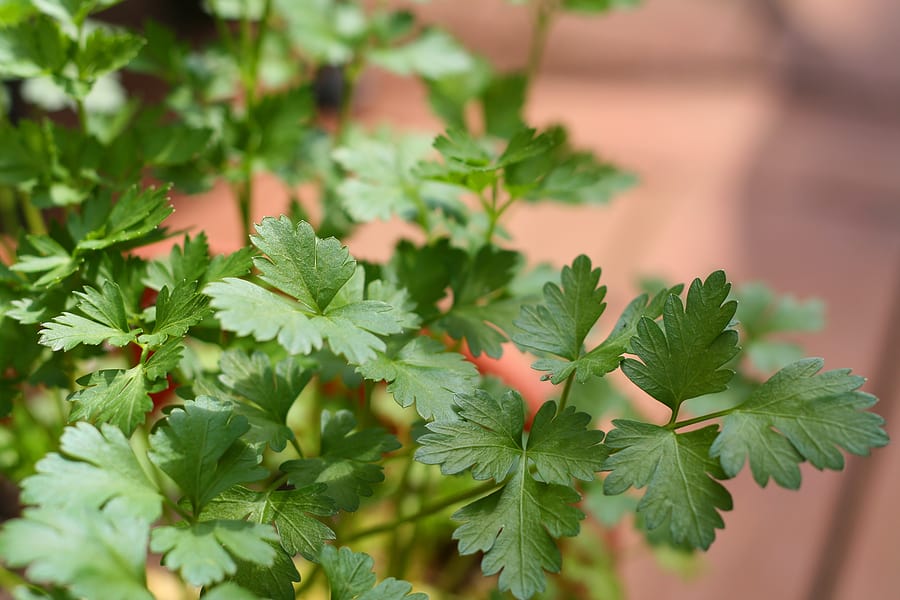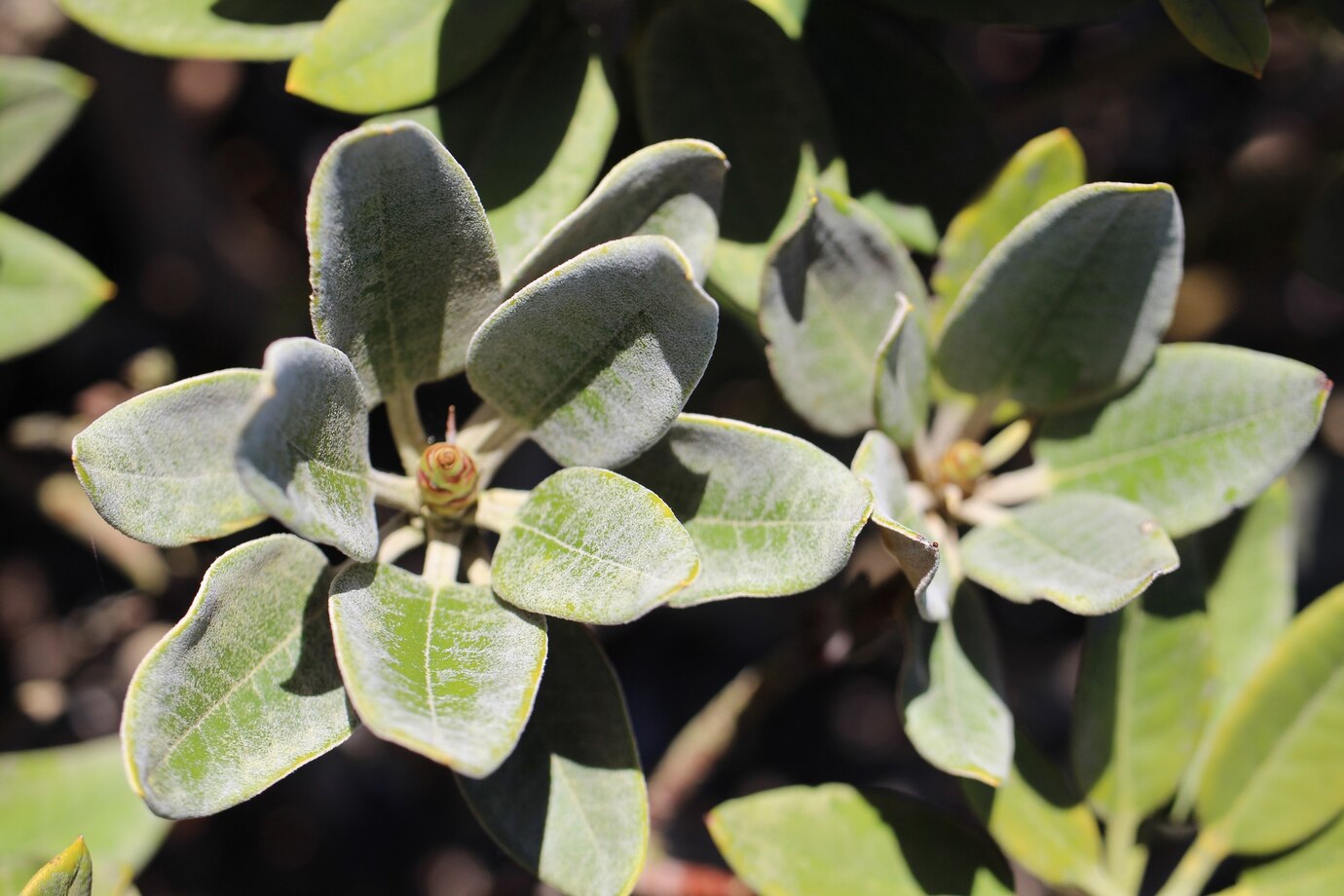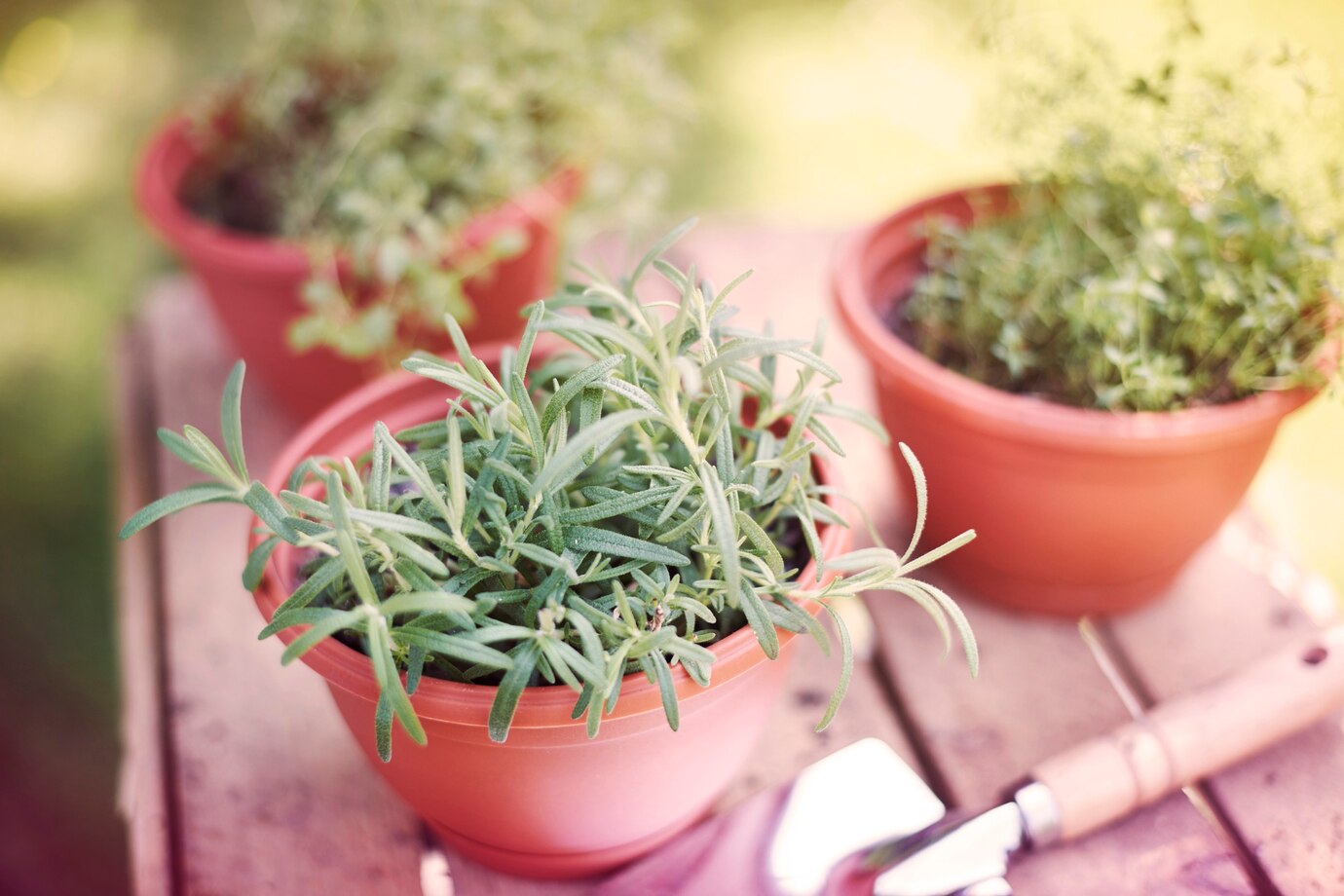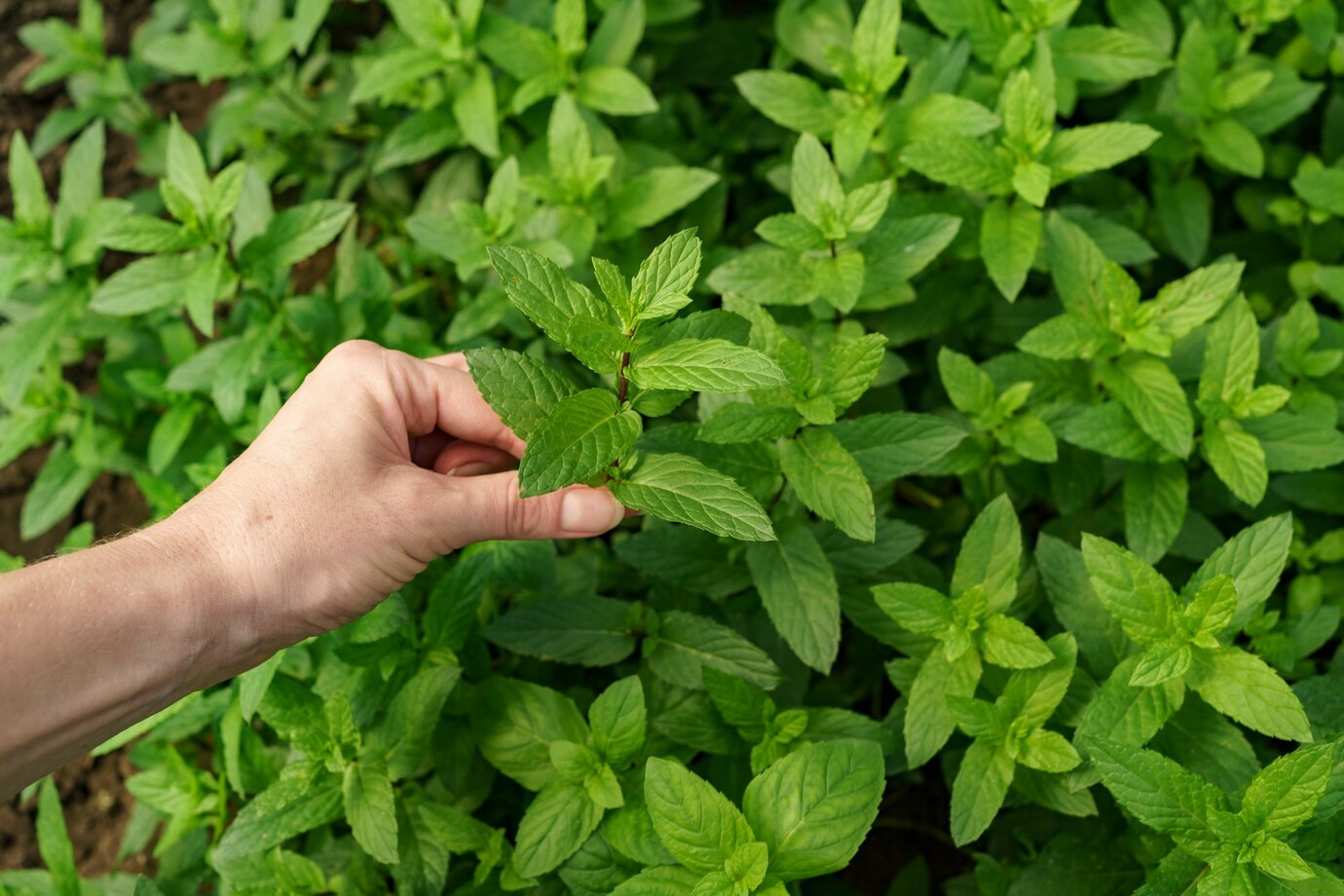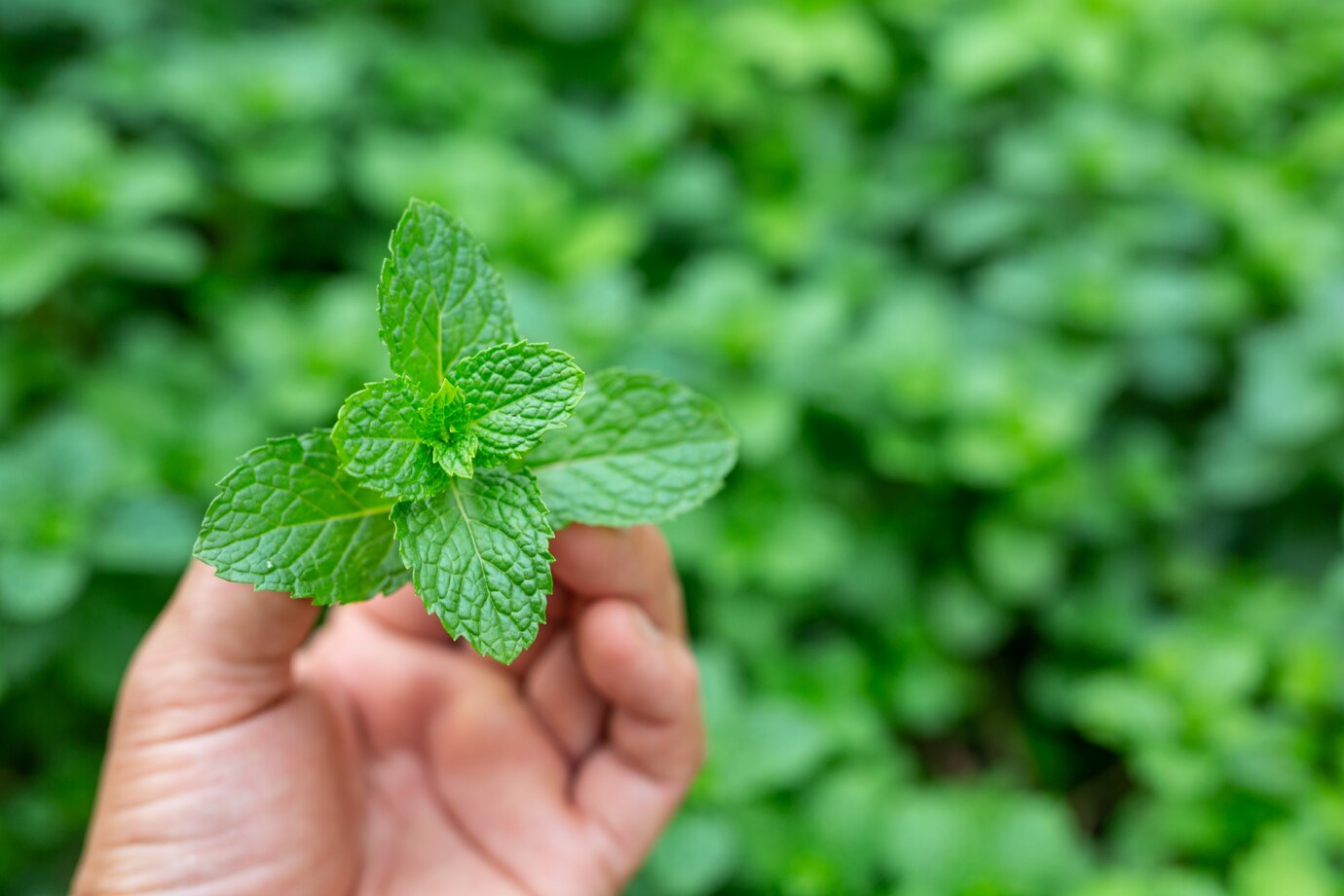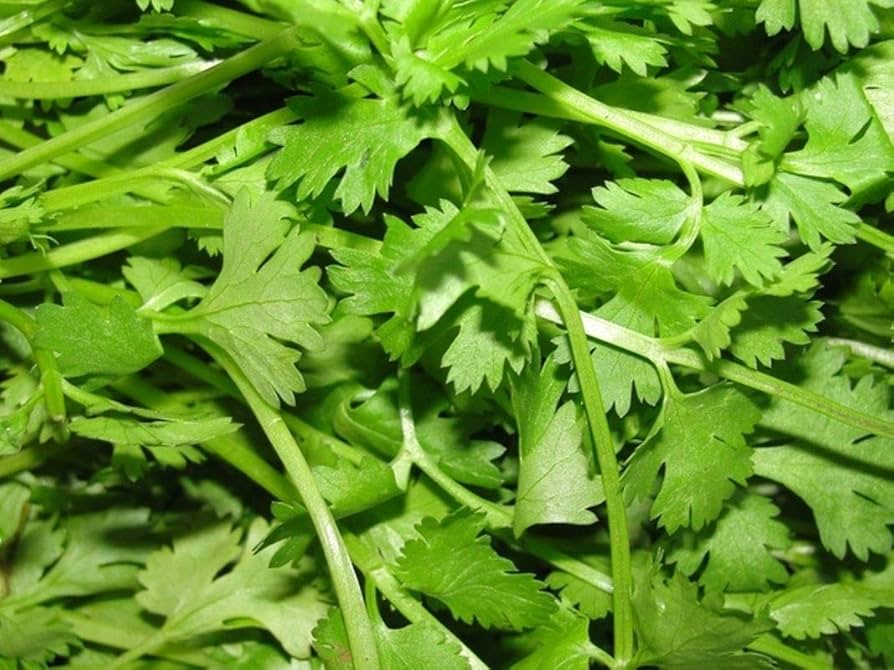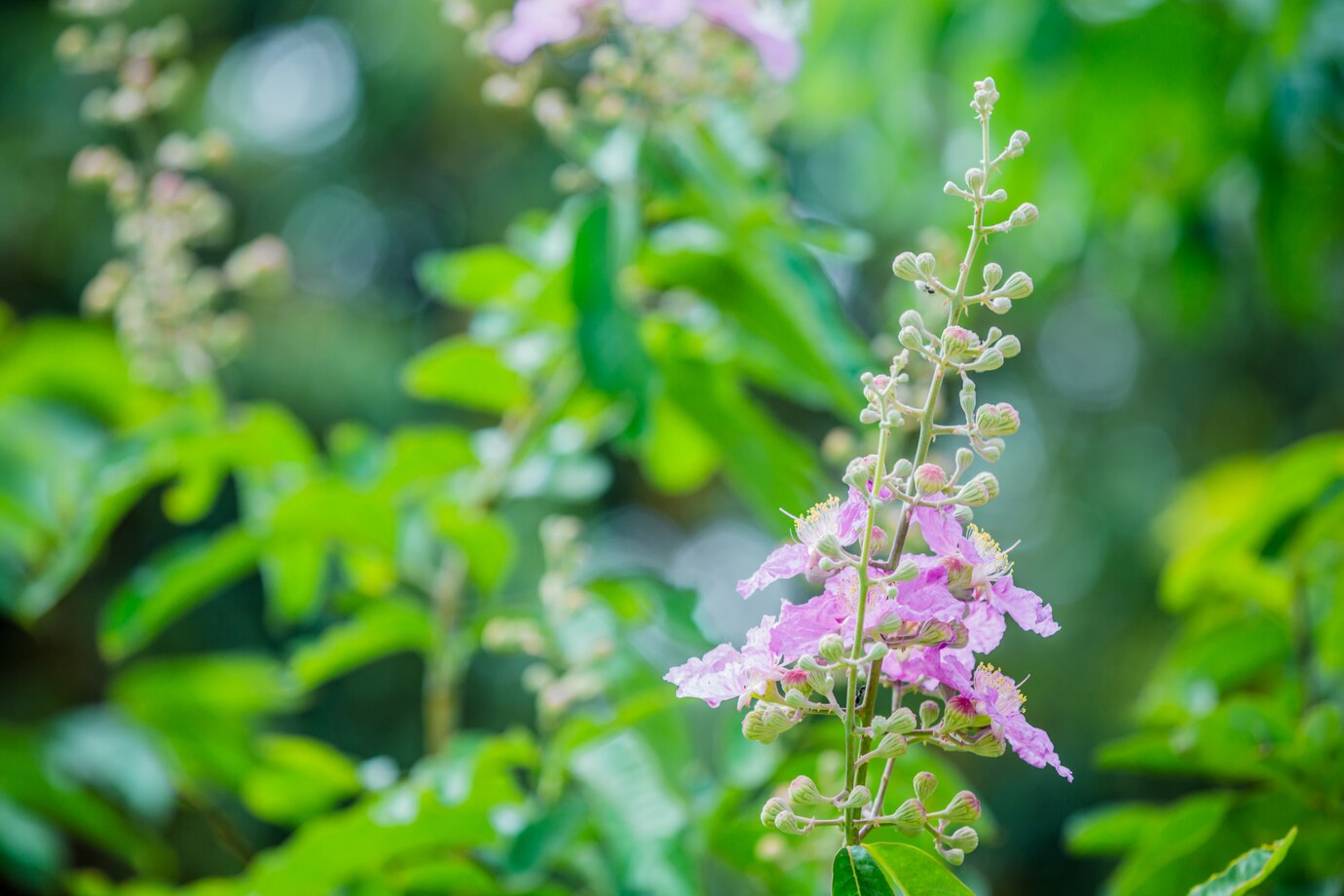Gardeners often grow parsley as a go-to herb for garnishing dishes and making flavorful parsley sauce. But it does more than just decorate plates. It enhances savory dishes, adds depth to flavored butter and stuffings, and packs a hefty dose of vitamin C.
This hardy herb requires little maintenance and minimal space while delivering a steady supply of fresh, nutritious leaves.
As a carrot family member (Apiaceae), parsley shares its lineage with familiar plants like dill, cilantro, fennel, and cumin. If you’ve ever grown carrots, you already have a head start in understanding how parsley grows.
If you let parsley grow long enough, it will eventually bloom, attracting pollinators—especially black swallowtail butterfly caterpillars, which love its delicate flowers.
Table of Contents
ToggleParsley Varieties to Grow
Parsley comes in several varieties, each with its unique qualities.
Italian flat-leaf parsley is the top choice for cooking. Its broad leaves chop quickly, and its flavor is sweeter and stronger than that of other varieties. It also resists bolting in hot weather, making it a reliable option for extended harvests.
Curly parsley thrives in garden bed borders and pots. While its flavor is milder than flat-leaf parsley, its ruffled leaves create an eye-catching garnish.
Hamburg (or root) parsley offers both flavor and versatility. This lesser-known variety grows plump, parsnip-like roots along with edible greens.
When to Plant Parsley
- Sow parsley seeds indoors or directly in the garden, but handle transplants carefully to avoid damaging the delicate taproot.
- For an early start, sow seeds indoors in individual containers 6 to 8 weeks before the final spring frost.
- Plant seeds outdoors 3 to 4 weeks before the last spring frost, as parsley sprouting takes time.
- For the best germination, keep the soil at 70ºF (21°C), though seeds will still sprout at a minimum temperature of of50ºF (10ºC).
- If needed, warm the soil in spring to speed up germination.
How to Plant Parsley
- Soak seeds overnight before sowing to improve germination, as parsley seeds have a low success rate.
- Sow seeds ¼ inch deep in well-prepared soil.
- Space seeds are 6 to 8 inches apart; increase spacing to 8 to 10 inches for larger plants.
- Keep the soil moist during the germination process.
- Expect seedlings in 2 to 4 weeks as parsley sprouts slowly.
- Pro tip: Sow radish seeds between parsley seeds. Radishes will sprout first, marking the row, while parsley takes time.
- If growing indoors, use a grow light and keep it at least two inches above the leaves.
How to Care For Parsley
Water parsley regularly during dry spells to keep the soil moist. Dry conditions trigger the plant to bolt and go to seed early.
Since parsley is a nutrient-hungry plant, mix a general granular fertilizer into the soil before planting and continue feeding with a liquid fertilizer throughout the summer.
Remove the flower heads immediately if the plant starts flowering and going to seed. This usually means the plant is nearing the end of its productive life, so consider growing new plants to replace it.
As a hardy biennial, parsley can survive into autumn, providing small harvests through winter. Covering plants with a cloche helps protect them from the cold and extends the harvesting period. Since parsley belongs to the same family as carrots, it’s vulnerable to carrot root flies. Cover early sowings with a cloche or horticultural fleece to prevent these pests from laying eggs in the soil.
Harvesting Parsley
Parsley is ready to harvest once the leaf stems have at least three segments.
Cut leaves from the outer stems as needed and leave the inner growth to mature. For continuous harvests, allow 2 to 3 weeks for regrowth between major cuttings.
To keep fresh parsley available through winter, transplant a plant into a pot and place it in a sunny window.
Storing Parsley
To keep parsley fresh, place the leaf stalks in water and store them in the refrigerator.
For long-term storage, dry the parsley by cutting it at the base and hanging it in a warm, shady, and well-ventilated area. Once fully dry, crush the leaves and store them in an airtight container.
Common Pests & Plant Diseases
Aphids, leafhoppers, and carrot flies sometimes attack parsley, but you can prevent infestations with crop rotation and row covers and eliminate them using organic soap sprays.
Leaf spots and powdery mildew often develop when parsley plants are overcrowded or watered from above. To avoid these issues, space plants properly and water at the soil line instead of overhead.
Parsley bolts quickly in hot weather, but you can delay bolting by planting it in light afternoon shade and pinching off flower buds before they open.

